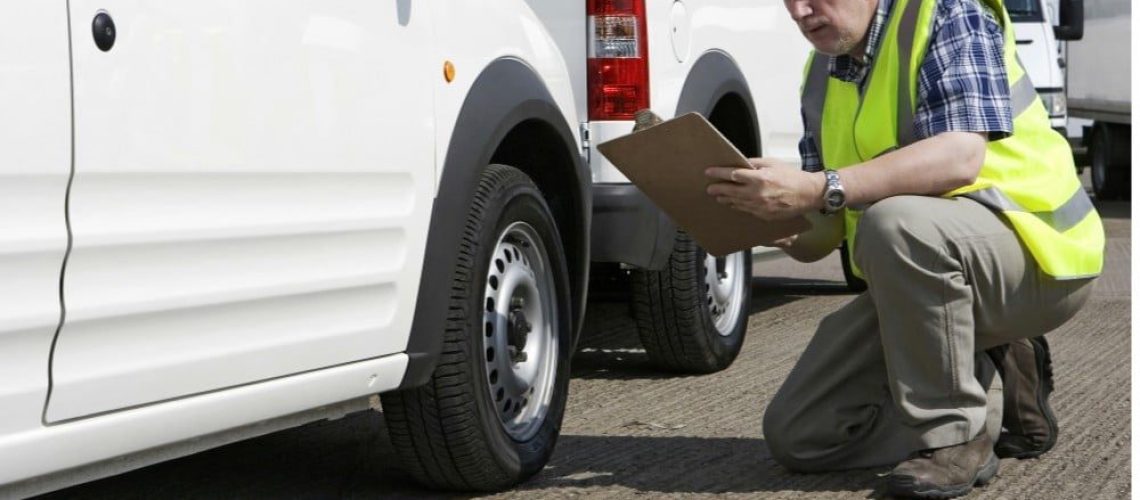There is a multitude of challenges faced by commercial fleet managers all over the country. However, three challenges remain a priority for them. These include reducing the cost of fuel, improving the safety of drivers, and reducing the carbon footprint of the fleet and the company. The great thing about all these challenges is that they are all connected. This provides fleet managers an opportunity to show their value to senior management by addressing all the challenges together.
Altering the Behavior of Drivers
The drivers of the company present the biggest problem for sustainability, efficiency, and fleet safety. However, you can train drivers to drive in a safer manner which will result in decreased emissions and reduced fuel consumption. A company can reduce the occurrence of accidents and limit their exposure to liability through the establishment of a safe driving program. This can be done by merging safe driving techniques and eco-driving into one program. Eco-driving and safe driving are similar in nature as both aim to change drivers’ behavior. You can also decrease the chances of preventable accidents and fuel consumption by teaching drivers to be fuel-conscious and safer.
The average miles driven by a company driver per year are 20,000 and the behavior of the driver plays a major role in both fuel consumption and the occurrence of an accident. There’s a link with greenhouse gas (GHG) emissions and safe driving. Drivers that practice safe driving techniques will lead to fewer accidents, increased fuel efficiency, and reduced GHG emissions. The way an employee drives a company vehicle will have an impact on their safety on the road. This is also true for sustainability.
The way employees drive vehicles will either improve or reduce fuel economy and increase or decrease emissions. Driver behavior may affect the fuel efficiency of a vehicle by 30% and their driving style has an impact on the amount of GHG emissions released by the vehicle. Therefore, by changing driving behavior, you can directly impact the safety of the drivers, the emission volumes, and fuel consumption. It will help provide a 5% to 30% reduction in preventable accidents and fuel consumption annually.
By restricting the occurrence of fast braking and acceleration, drivers can increase fuel economy and reduce the instances of preventable accidents. Planning the route properly is an important part of eco-safe driving. On the other hand, stop-and-go driving increases the likelihood of an accident causes more emissions and burns fuel quickly.
Achieving Goals at the Same Time
Around 25% to 30% of all fleet accidents are caused by distracted driving. Eco-safe driving helps to educate drivers to focus on driving and avoid distractions. Practicing these driving habits reduces both emissions and fuel consumption. An eco-safe driving program helps a company to simultaneously reduce the occurrence of accidents, limit their exposure to liability, and green their fleet.
Fleet managers are also facing pressure to improve fleet driver safety from corporate departments. For example, corporate risk management plays a greater role in determining the vehicle types that are added to the fleet. A lot of corporate risk management departments state that the only models that should be added to the fleet are the ones with NHTSA 5-Star ratings.


